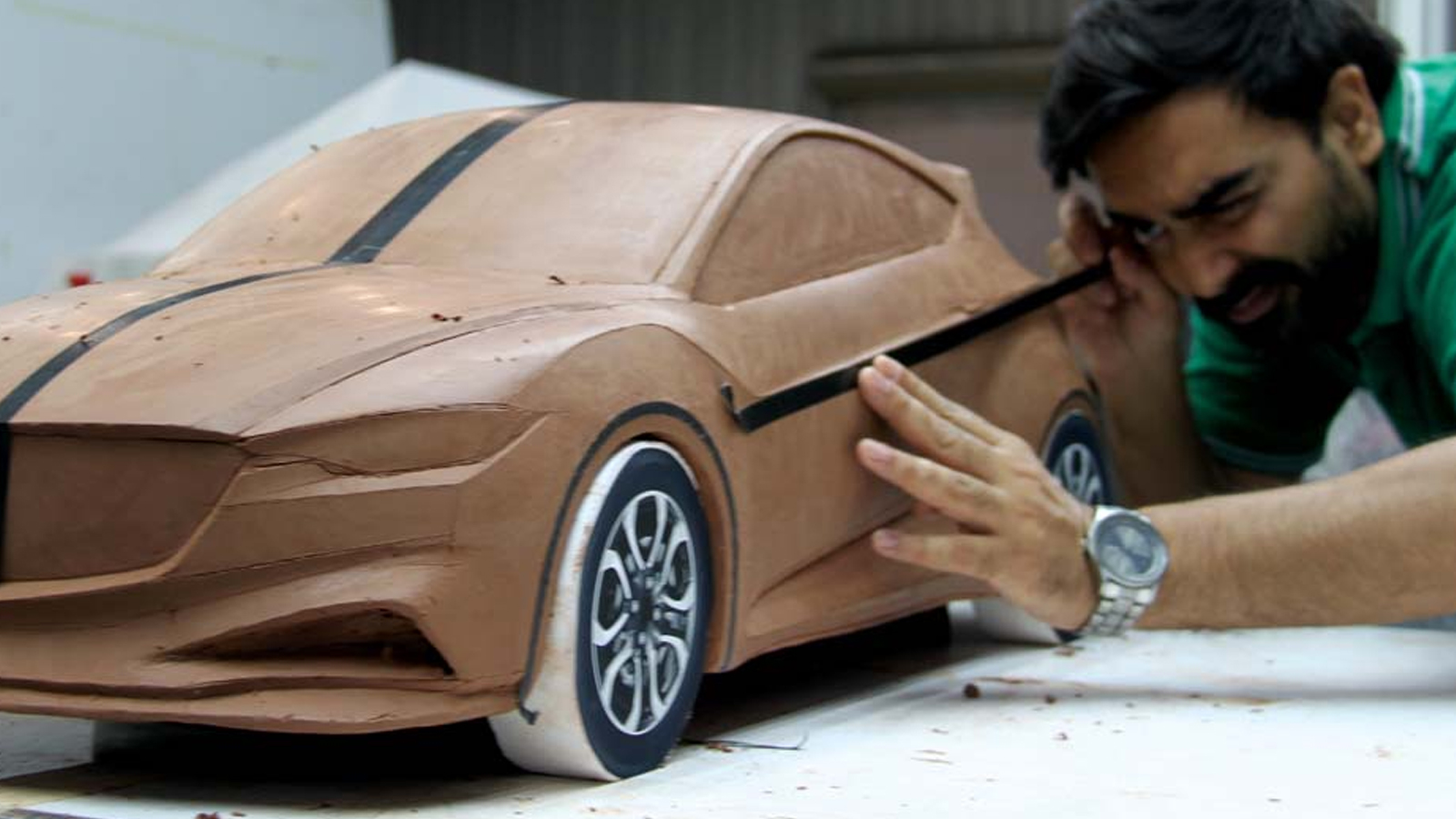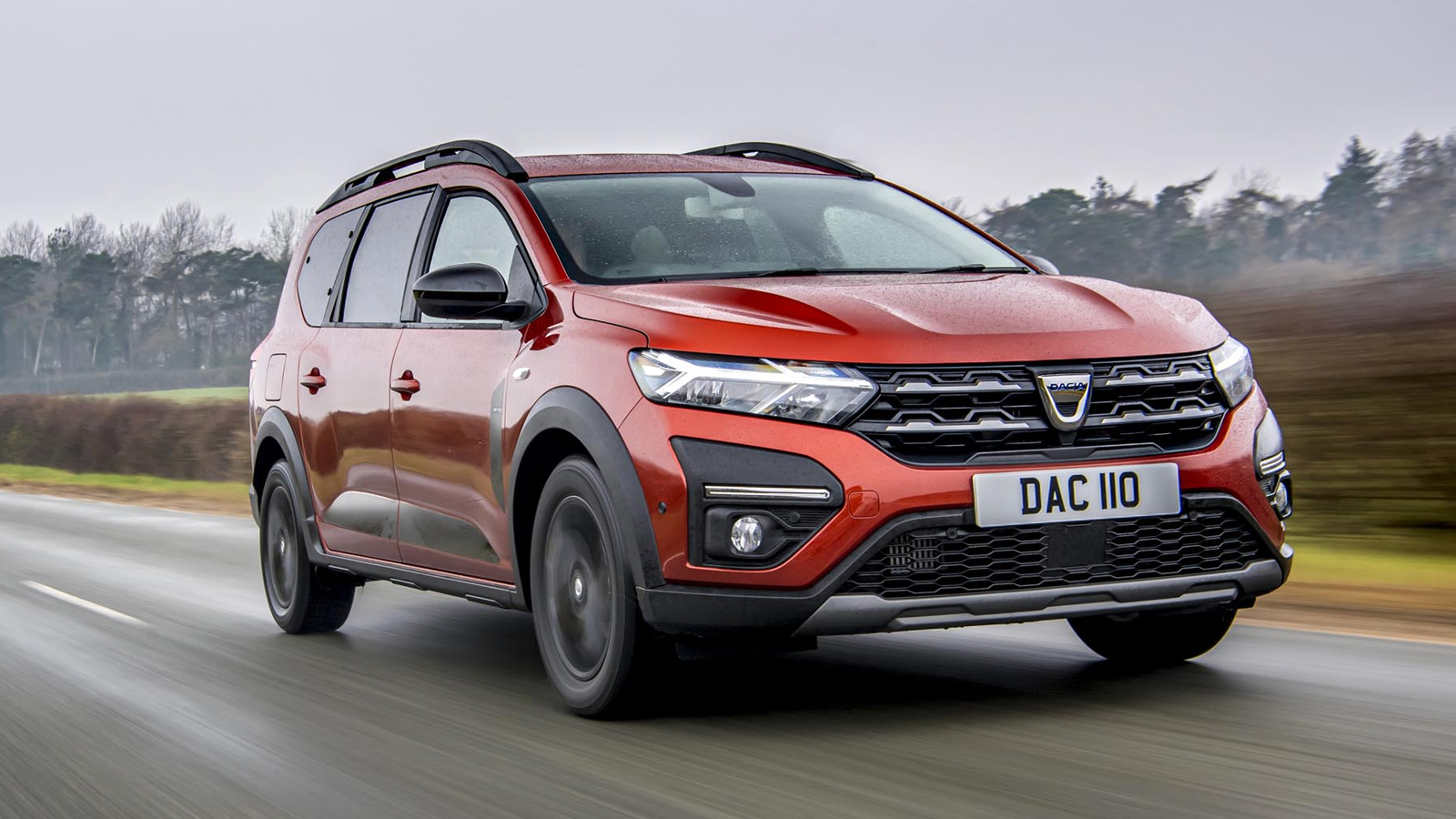Introduction to the changing landscape of automotive sales
The automotive sales landscape is undergoing a seismic shift, driven by rapid advancements in technology. Gone are the days of traditional dealership visits and lengthy negotiations. Today’s consumers demand convenience, personalization, and immersive experiences as they embark on their car-buying journey. As we navigate this new terrain, it’s clear that technology is not just enhancing the buying process; it’s revolutionizing how vehicles are sold altogether. From online platforms to innovative tools like virtual reality showrooms, let’s dive into how these changes are shaping the future of automotive sales and what it means for both buyers and sellers alike.
The role of technology in the automotive industry
Technology plays a pivotal role in transforming the automotive industry. From manufacturing to sales, it influences every aspect of how cars are produced and sold.
Automation has revolutionized production lines, enhancing efficiency and reducing costs. Robotics now handle tasks once performed by humans, leading to faster assembly times and higher precision.
Connected vehicles have also changed the game. With IoT integration, cars can communicate with infrastructure for better navigation and safety features. This connectivity extends to buyers as well, providing real-time data about vehicle performance.
Then there’s the rise of electric vehicles (EVs), driven by advancements in battery technology. Consumers are increasingly drawn to eco-friendly options that promise sustainability alongside performance.
As these technologies continue evolving, they reshape consumer expectations and dealership strategies alike. The automotive landscape is no longer just about selling cars; it’s about fostering a tech-driven experience that meets modern buyer needs.
Online car shopping and its increasing popularity
Online car shopping has transformed the way consumers approach automotive sales. With just a few clicks, buyers can browse an extensive inventory from the comfort of their homes. This convenience is hard to overlook.
The rise of e-commerce has made it easier for potential buyers to compare prices and features across various models and dealerships without feeling pressured by sales staff. Virtual showrooms allow customers to explore vehicles in detail, often complemented by high-quality images and videos.
As mobile technology advances, shoppers are increasingly using smartphones to research their next vehicle. Apps designed for car shopping offer real-time information about available cars in local markets or nationwide inventories.
Moreover, online reviews and ratings provide valuable insights into customer experiences with different models and dealerships. This access to information empowers buyers like never before, making informed decisions simpler than ever.
Virtual reality showrooms and their impact on sales
Virtual reality showrooms are revolutionizing the automotive sales landscape. Customers can now immerse themselves in a lifelike environment without stepping foot into a dealership.
Imagine exploring various models, colors, and features through VR headsets. Shoppers gain an interactive experience that static displays simply can’t match. This level of engagement allows potential buyers to visualize their dream car in a way that feels personal and tailored.
Dealerships benefit too. By showcasing multiple vehicles simultaneously, they optimize space and resources. Plus, this technology attracts tech-savvy consumers eager for modern solutions.
The excitement doesn’t stop at exploration; it extends to purchasing decisions as well. When customers feel connected to what they’re viewing, they’re more likely to make a purchase on the spot.
In such an evolving market, virtual reality is not just an add-on—it’s becoming essential for driving automotive sales forward.
Artificial intelligence and its use in personalized car recommendations
Artificial intelligence is revolutionizing how consumers approach automotive sales. By analyzing vast amounts of data, AI can identify individual preferences and needs. This capability allows for personalized car recommendations that resonate with buyers.
Imagine browsing a dealership’s website, and within moments, receiving tailored suggestions based on your previous searches and interests. This level of customization enhances the shopping experience by saving time and narrowing down options effectively.
Furthermore, AI algorithms can predict future trends in consumer behavior. As more people engage with these technologies, they’re likely to receive even more accurate recommendations that align perfectly with their lifestyles.
Dealerships also benefit from this innovation. Understanding customer preferences enables them to stock inventory that meets demand better than ever before. The integration of AI into automotive sales is setting a new standard for both buyers and sellers alike.
Subscription-based ownership and its potential for future sales
Subscription-based ownership is reshaping how consumers approach automotive sales. Instead of committing to a long-term purchase, buyers can now enjoy the flexibility of various vehicle options on a monthly basis.
This model appeals to younger generations who prioritize convenience and adaptability. They desire access to different vehicles without the hassles of maintenance, insurance, or depreciation concerns. Subscription services often include these factors in their packages, making it an attractive all-in-one solution.
As automakers expand their offerings in this space, they tap into new revenue streams while fostering brand loyalty. Customers experience diverse models for commuting or weekend adventures without feeling tied down.
With technology enabling seamless app integrations for booking and managing subscriptions, efficiency becomes key. The potential for future growth in automotive sales through subscription services is immense as consumer preferences continue to evolve toward mobility solutions rather than traditional ownership.
Conclusion
The automotive sales landscape is undergoing a radical transformation. Technology continues to be the driving force behind this evolution, reshaping how consumers interact with dealerships and vehicles. As people increasingly turn to online platforms for car shopping, traditional methods are being left in the dust.
Virtual reality showrooms provide an immersive experience that allows customers to explore cars without stepping foot on a lot. This innovation not only saves time but also enhances customer engagement.
Artificial intelligence adds another layer of personalization by analyzing preferences and recommending vehicles tailored to individual needs. It’s like having your very own personal shopper guiding you through the often-overwhelming choices available in today’s market.
Subscription-based ownership models are gaining traction as well, offering flexibility that appeals to modern consumers who prefer access over ownership. This shift could redefine what it means to buy a car altogether.
As technology continues to advance, so too will its influence on automotive sales strategies and consumer experiences. Embracing these changes is essential for dealers looking to stay relevant in this evolving market, ensuring they meet customers where they want—online, virtually, or through flexible ownership options all while enhancing the overall buying journey.



